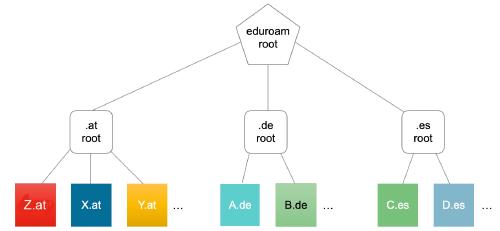
Interesting Troubleshooting Cases, Part 3 - Breaking other Wi-Fi
Note: This article is part 3 of a 4-part troubleshooting series, with more in-depth information about a TEN talk at WLPC.
Part 1 - The RADIUS connection
Part 2 - Zoom issues
Part 4 - The suddenly weaker Wi-Fi
Video recording from WLPC Prague
Incoming Ticket: I have installed eduroam via the configuration assistant tool (CAT) on macOS without issues and eduroam connects flawlessly.
But now my home network does not work anymore. After deleting the CAT profile my Wi-Fi at home works again. Is this a known issue?
Now, my first reaction to this was “What?!” as this sounds just impossible.
If you don’t know CAT, this is a tool that provides onboarding for eduroam, with executables (Windows), Scripts (Linux), Apps (Android), and mobileconfig files (macOS, iOS), not doing more than telling your device how to correctly configure for eduroam, so it is secure. It is basically justa sort of MDM for eduroam.
It does normally not delete SSIDs (though some installers can, if instructed to), and does not mess with IP settings, DNS settings, Adapter settings, or anything else. We have thousands of installs of the macOS .mobileconfig, so you would think that if it did mess up settings, there would be more clients raising issues.


